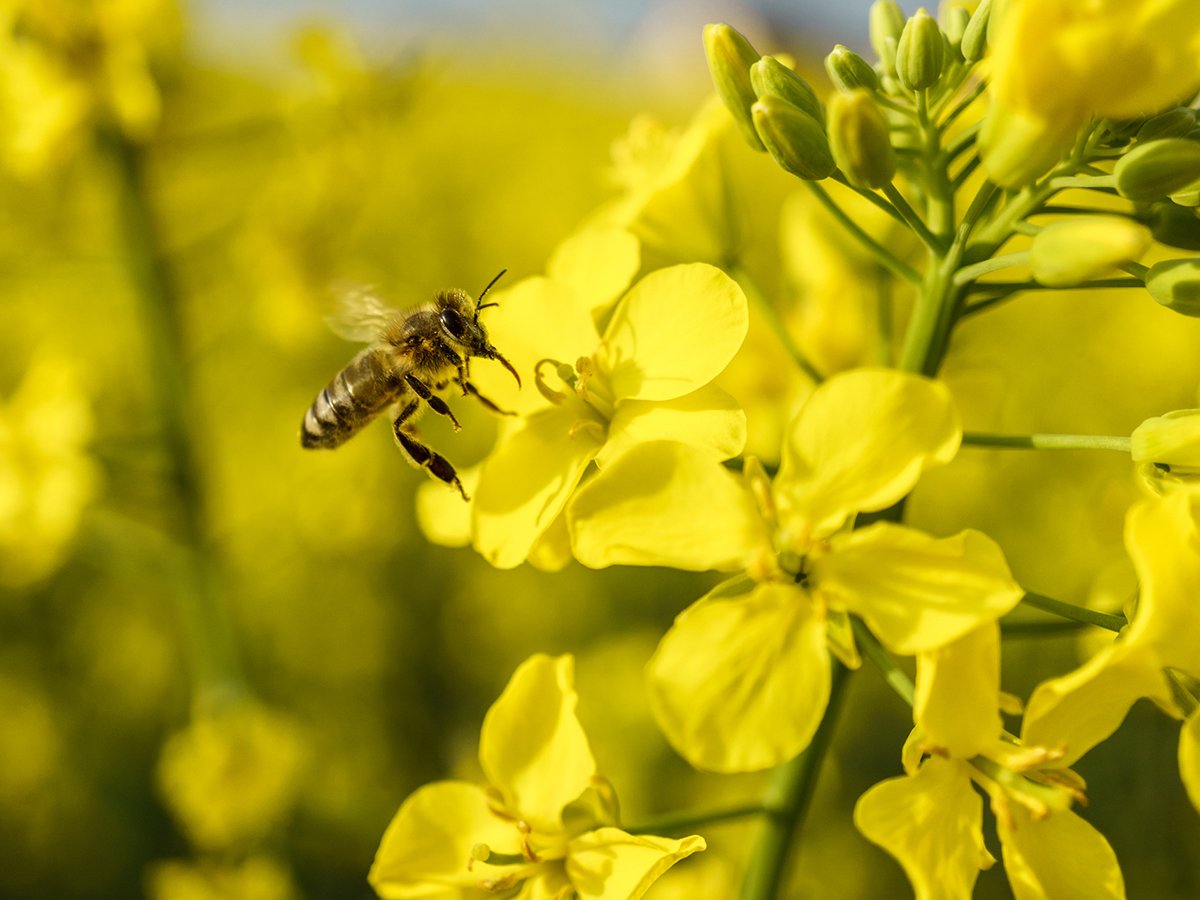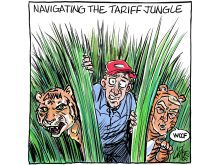FOR A North American watching the World Trade Organization soap opera unfold at the Hong Kong convention centre last week, there was a jarring divide lying just beneath the surface.
It wasn’t really the divide between the several thousand protesters on the street and the suits inside, watching television screens and often tsk-tsking over the attention the photogenic theatrics were stealing from the serious work inside.
That was a small part of it.
The real jarring divide came in the contrast between two farmer news conferences inside, both making a case for what farmers need out of the talks.
Read Also

Invigor Gold variety viewed as threat to condiment mustard
Invigor Gold, the canola-quality mustard developed by BASF, is on a collision course with Canada’s condiment mustard industry. It’s difficult to see how the two can co-exist.
First came a news conference of farmers from the export-liberalization lobbies in developed and high-end developing countries including the United States, Canada, Australia, New Zealand and South Africa.
Southern Ontario grains and oilseeds farmer Liam McCreery, president of the Canadian Agri-Food Trade Alliance of some farm groups and agri-business interests, represented Canada.
The collective message was straightforward. The world’s farmers need liberalized trade and the end of protection and subsidy.
The underlying message from these industrial-model farmers, stated more bluntly than they would have said it but true nonetheless, was this: farmers who feel they need protection and subsidy to survive should grow up and join the market economy. If they can’t compete with an efficient North American farm, they should step aside.
These farm leaders were precisely reflecting the trade model that is promoted by the WTO and that motivated the inclusion of agriculture in international trade rules for the first time in 1993.
The commercial model of farming is the future. Special rules for developing country peasant farmers are merely a bridge to allow them to become competitive or get out.
Two days later, a very different collection of farm leaders held a news conference.
Leaders of peasant and small-scale farm organizations from Brazil, Africa, Japan, Norway, Southeast Asia, the United States (the National Family Farm Coalition) and Canada (Quebec’s Union des Producteurs Agricoles), called for trade rules that allow countries the ability to maintain “food sovereignty” policies and to protect farmers who make up the majority of the economy and the rural infrastructure.
“Free trade will first and foremost benefit large-scale corporate farming and multinational traders in developed and advanced developing countries,” they said.
They claim to speak for hundreds of millions of farmers who find no benefit and much loss from an opening of markets. Cheap industrial-model farm products would, and do, swamp their markets.
In Canada, this is a minority view championed mainly by the National Farmers Union through its membership in the international peasant movement Via Campesina.
But at a WTO meeting where these agricultural worlds clash, it is a jarring reminder rarely heard in North American farm circles that large parts of the world do not see the WTO vision of free trade between unequal players as an answer.
The closest most Canadian farm leaders come to the core question raised by the dissidents is when they wonder why 16 years of North American free trade has increased exports and raised food sector profits while farm incomes are at historic lows.
















